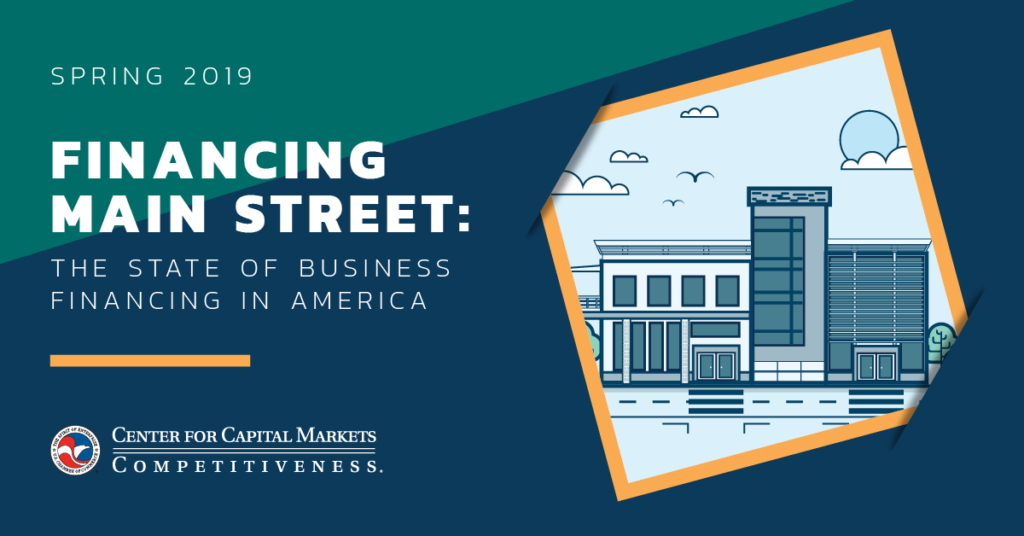After a challenging decade that included a financial meltdown, recession, and a historically slow recovery, American businesses are reporting that their ability to access capital is steadily improving, and generally they are optimistic about their expected performance over the next 12 months. This improvement is a welcome development, given the difficulties Main Street businesses had raising capital in the years immediately following the financial crisis. In order to promote sustainable economic growth, our financial system must be as vibrant and diverse as the businesses it serves: A small business with one location may require the services of a local community bank that understands the neighborhood, while a large multinational company relies on the expertise of a global bank. In additional to traditional bank lending, the U.S. capital markets play a critical role in providing debt and equity financing to American businesses. A key component of a strong financial system is a regulatory structure that promotes economic growth. Unfortunately, the post-2008 financial crisis regulatory response imposed enormous costs on the economy while doing little to fundamentally reform the U.S. financial regulatory system. As a result, Main Street businesses found it more difficult to access the capital they needed to innovate, grow, and hire new employees.


